|
|
File
Civic Archaeological Museum – Mel
|
Piazza Papa Luciani 7 – 32026 Mel (BL)
– Fax 0437 544222 (municipio) |
  |
|
Summary
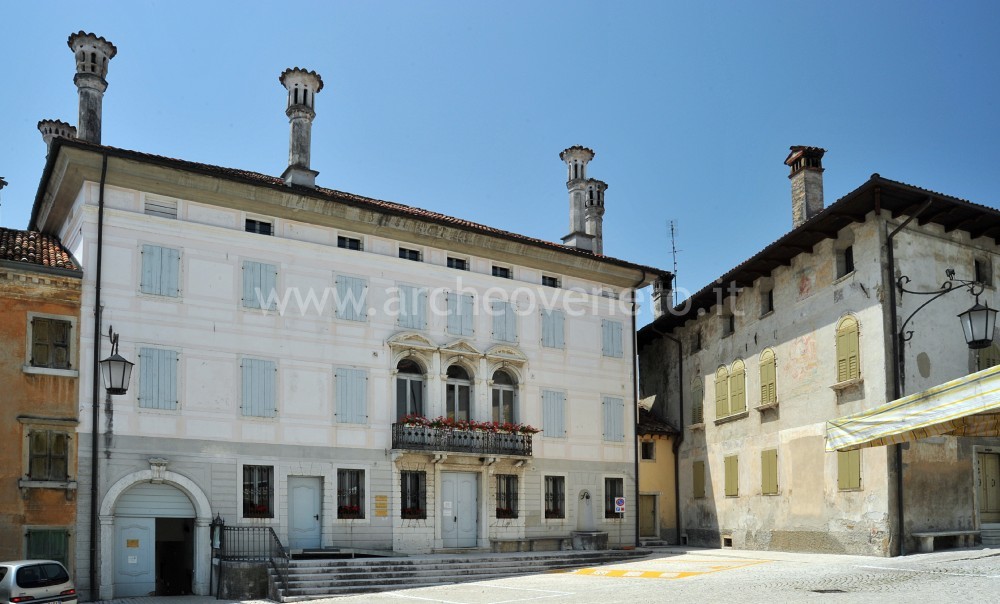
The Civic Archaeological Museum is located on the second floor of the ancient Countesses’ Palace on the main square of Mel. The museum is organized in two small rooms, which display in a rational and very effective way the archaeological finds discovered in Mel in the area of the well-known necropolis dating back to the Iron Age (8th-5th cent. B.C.) and in the settlements inhabited by the Venetian people first and then by the Romans, which have been surveyed at various times in the site of Ciopa. Moreover it is also possible to see interesting finds discovered in the area of Mel and coming from private collections (Chiarelli, Curtolo).
Collection history
The establishment of the Civic Archaeological Museum in the prestigious venue of the Countesses’ Palace dates back to 1996 with the purpose of properly enhancing the important archaeological finds discovered in the necropolis of Mel during the excavation carried out between 1958 and 1964 by Giovanni Battista Frescura (assistant of Giulia Fogolari, who at the time was the head of the regional board for the Venetian antiquities). Beside the remarkable amount of artefacts, it is possible to see the important finds related to the area of the coeval settlement inhabited by the Venetian people, which was discovered in the site Ciopa in 1995. Then in 2006 the exhibition was further enlarged with the introduction of new display cases containing the materials that have been recently discovered in different settlements inhabited by the Venetian people first and by the Romans later, which were mainly concentrated in the site of Ciopa.
|

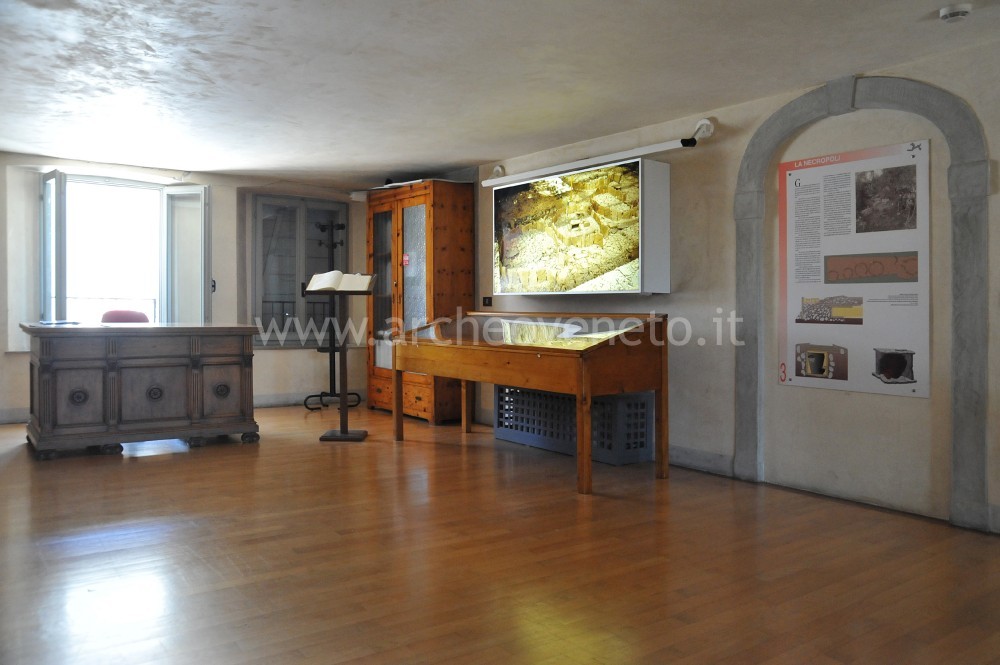 In the entrance hall of the museum it is possible to find some introductory information. On the right wall there are a panel providing information on the pre-roman necropolis and a giant poster of the tumulus graves (also called “grave circles”) that characterized it, whereas the two panels hanging on the left wall provide information on the area and the pre-roman settlement. In the entrance hall of the museum it is possible to find some introductory information. On the right wall there are a panel providing information on the pre-roman necropolis and a giant poster of the tumulus graves (also called “grave circles”) that characterized it, whereas the two panels hanging on the left wall provide information on the area and the pre-roman settlement.
|

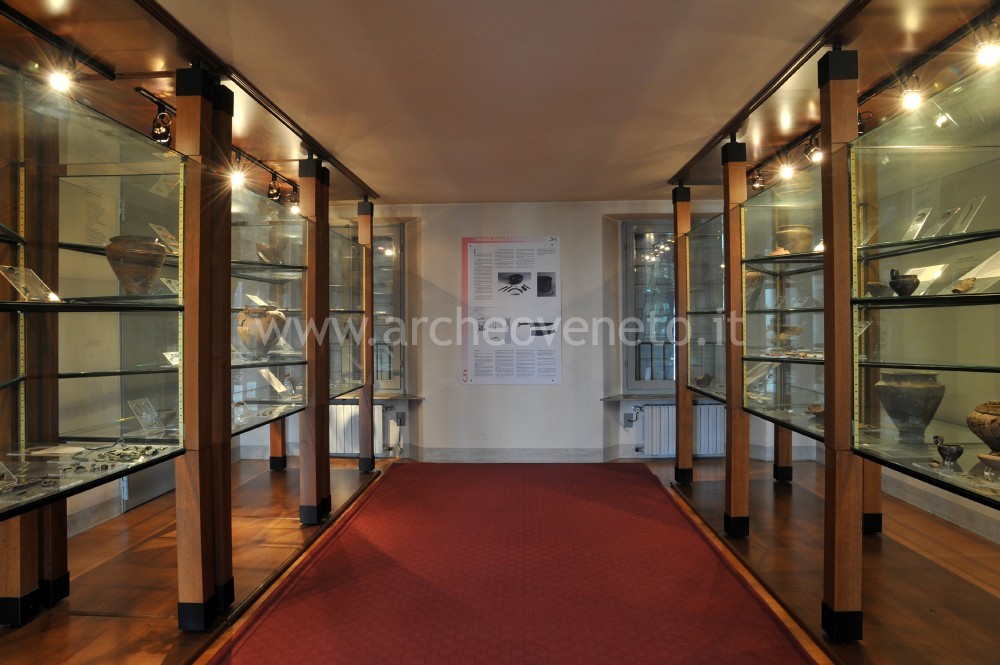 The first room, located on the right side of the entrance hall, is totally devoted to the exposition of tens of specimens from grave goods that have been discovered in the pre-roman cremation cemetery of Mel. It contains 11 display cases placed along the long sides of the room and two explanatory panels along the short sides. The first room, located on the right side of the entrance hall, is totally devoted to the exposition of tens of specimens from grave goods that have been discovered in the pre-roman cremation cemetery of Mel. It contains 11 display cases placed along the long sides of the room and two explanatory panels along the short sides.
The visit starts with the grave goods of the grave nr. 25 (late 9th- early 8th cent. B.C.), which are contained in the first of the six display cases on the right, then it goes on anti-clockwise in chronological order and ends with the grave goods contained in the last two display cases on the left, which date back to the late 6th and the mid 5th cent. B.C.
The numerous artefacts displayed include ossuaries made of bronze (situlae, lebetes and cistae) and clay (situlae and ollas), ornamental objects, such as pins, rings, pendants, decorated belt hooks, armillae and different kinds of fibulae (“ribbed bow fibula”, “low flat bow fibula”, “boat-shaped fibula”, “dragon-shaped fibula”, “leech fibula”, fibulae with the bow of different shapes, like the feline-shaped bow fibula of the burial nr. 76 dating back to the mid 5th cent. B.C. that has been chosen as symbol of the museum), but also tools used for daily activities, such as knives, awls, weaving spindle whorls and needles. Grave goods are particularly interesting, not only from the historical and artistic point of view, but also for the information they provide on the funerary ritual adopted and the socio-economic conditions of the departed (gender, age, social standing, etc.).
|

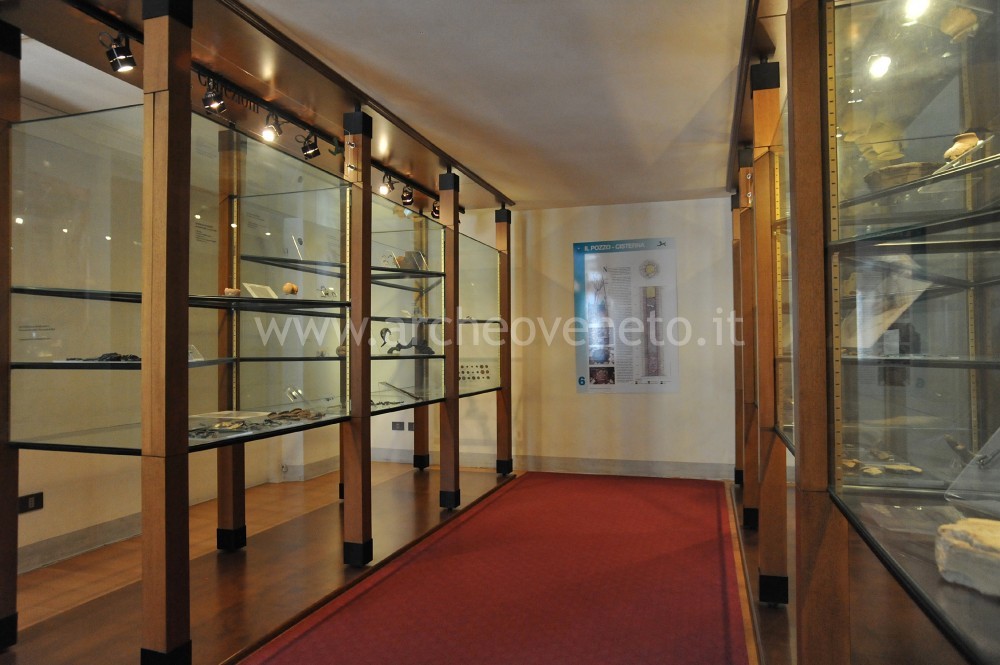 The second room, located on the left side of the entrance hall, display the materials found in the pre-roman and roman settlement in Mel (site: Ciopa) and from private collections. The room is also provided with two useful explanatory panels. The second room, located on the left side of the entrance hall, display the materials found in the pre-roman and roman settlement in Mel (site: Ciopa) and from private collections. The room is also provided with two useful explanatory panels.
The first two display cases on the right contain items discovered at various times between 1995 and 2003/04 that can be traced back to the proto-historic settlement, which was coeval of the most recent phase of the necropolis (6th-5th cent. B.C.). The first display case contains a fragment of a ribbed vase originally contained in a tank for rainwater collection, the handle of a situla and part of the plate used to cover the tank; the second display case contains numerous examples of ceramic materials and “Certosa type” fibulae.
The third and fourth display cases contain interesting artefacts referring to the digging of a well tank of the Roman age which was discovered in 1999 in the property of the Da Canal family; a coin of 73 A.D. found in the internal coating provides precise information on the time in which it was built. The top shelves display a representative selection of objects dating back to a later stage (2nd-4th cent. A.D.) related to the upper layers of the well, such as jugs, small amphoras and ollas, some of which display letters engraved. The materials found in the lower layers of the well (1st-2nd cent. A.D.) include iron objects (a carving fork, a ring with part of a wooden log that was part of the well structure, a bowl handle), two undamaged bronze cups (trullae) and the fragment of a quern in lava stone contained in the third display case, as well as a few earthen truncated-conical loom weights with marks and decorations, which can be seen in the following case. The fourth display case contains also other items of Roman origin discovered in the city centre of Mel.
The exhibition goes on anticlockwise with the three display cases on the left, where it is possible to see items of the proto-historic and Roman age found in the area of Mel and coming from the rich Chiarelli collection and the Curtolo donation. These artefacts, many of which are of undoubted importance, include the base of a precious bronze candlestick, which consists of three branches decorated with palm leaves and ending with goat legs (1st cent. A.D.)
|
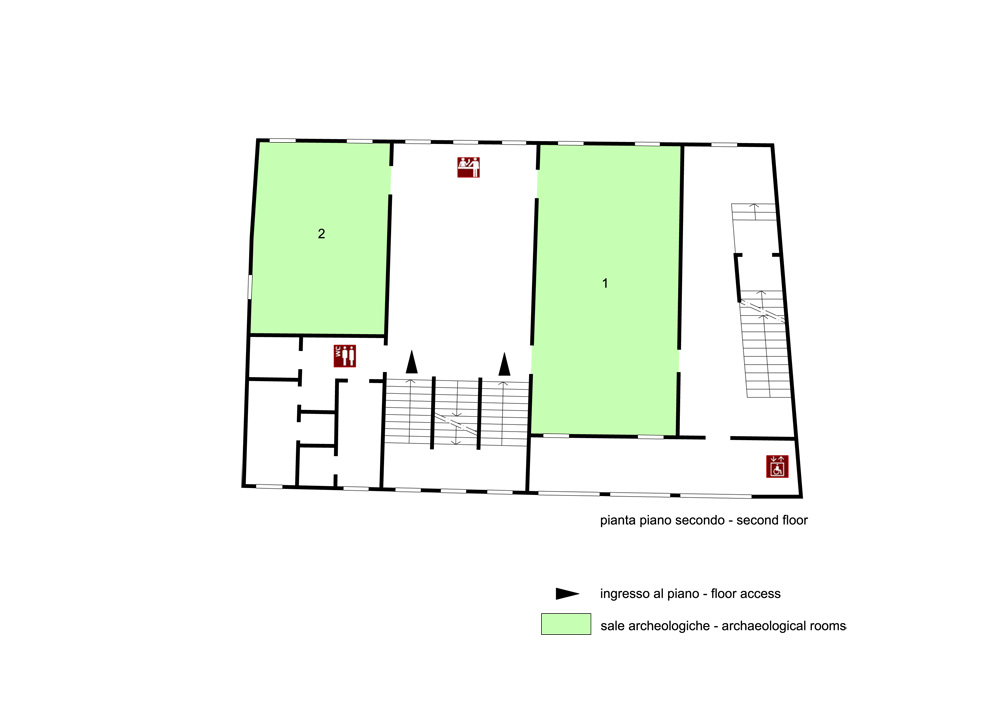
Admission: Negli orari di apertura
Su prenotazione
Ticket: No
 School access School access
 Disabled access Disabled access
Opening Days
| Tipology |
When |
Specs |
| Summer/Winter |
Monday |
Upon reservation |
| Summer/Wintere |
Tuesday |
Upon reservation |
| Summer/Winter |
Wednesday |
Upon reservation |
| Summer/Winter |
Thursday |
Upon reservation |
| Summer/Winter |
Friday |
Upon reservation |
| Summer/Winter |
Saturday |
9.00-12.00; 15.00-18.00 |
| Summer/Winter |
Sunday |
9.00-12.00; 15.00-18.00 |
Recommended tour time (minutes): 30
 Toilet Toilet
 Parking Parking
 Rest points Rest points
 Brochure Brochure
The information material does not include the display cases added in 2006.
 Information boards Information boards
Italian
 Captions under exhibits Captions under exhibits
Italian
 Multilingual ads: Inglese Multilingual ads: Inglese
CD-Rom in English
 Guided Tours Guided Tours
Extra-charge
| Mel. Museo Civico Archeologico. Guida interattiva (CD-ROM) 2002, Ponte nelle Alpi. |
| I Veneti antichi: inizia il viaggio 2003. |
| Musei e raccolte archeologiche del Veneto 2004, a cura di Di Mauro A., Dosson di Casier, pp. 35. |
| Gangemi G. 2005, Dall’età del Ferro alla romanizzazione, in Belluno. Nel regno delle Dolomiti, Cittadella, pp. 44-48. |
| Bonetto J. 2009, Veneto (Archeologia delle Regioni d’Italia), Roma, pp. 426. |
|

